http://www.habitat.org.nz/about/the_need_in_nz.html
http://www.newshub.co.nz/tvshows/story/fixing-nzs-cold-damp-houses-2015081317
Simple, low cost environmental sensors, to measure the dampest NZ houses.
To make the experience fit your profile, pick a username and tell us what interests you.
We found and based on your interests.
http://www.habitat.org.nz/about/the_need_in_nz.html
http://www.newshub.co.nz/tvshows/story/fixing-nzs-cold-damp-houses-2015081317
arduino-uno-shield.zipGerbers!Zip Archive - 41.62 kB - 02/22/2016 at 20:28 |
|
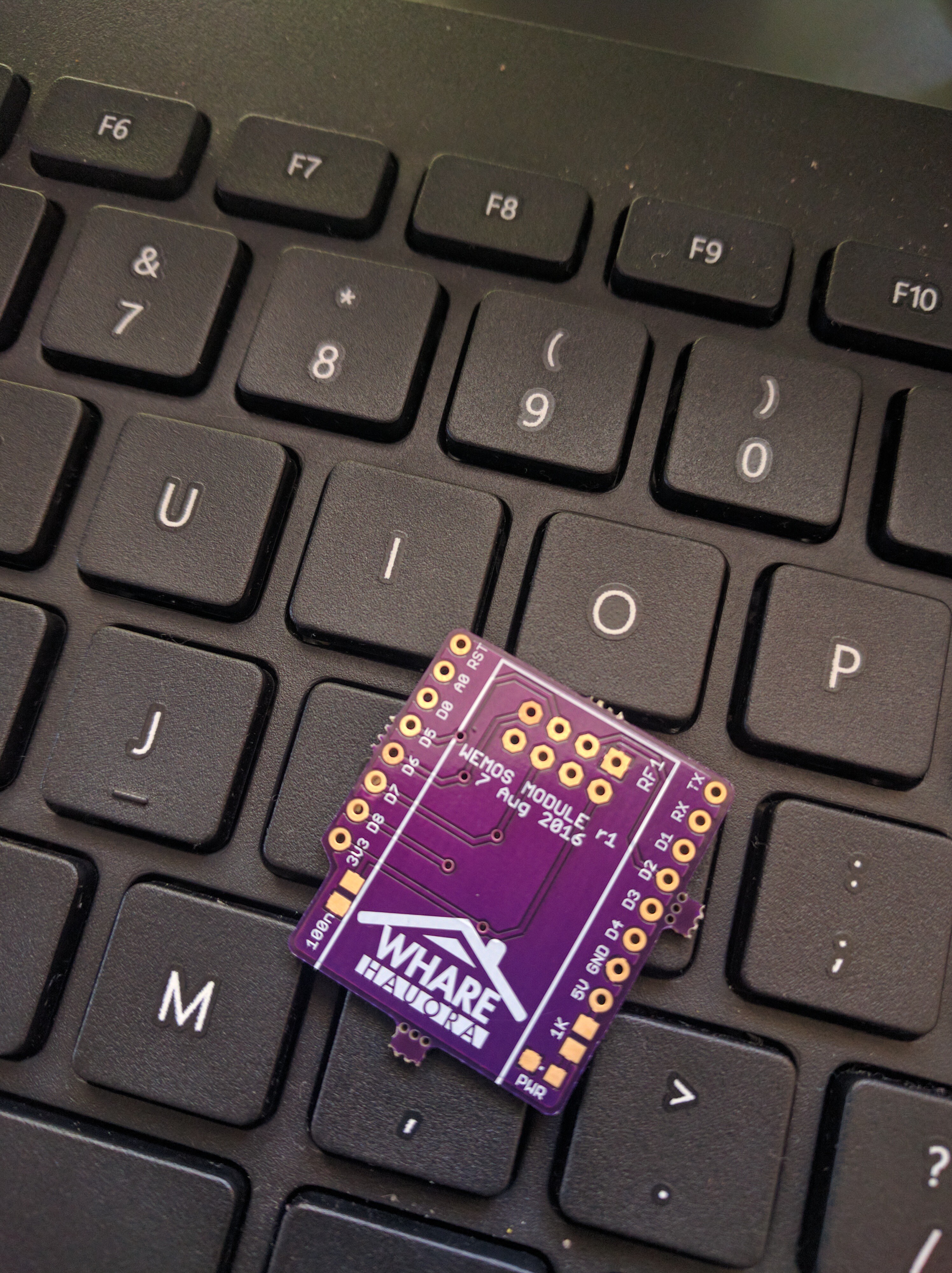
New components for the deployment at Enspiral have arrived.
Project phases are now planned out in pivotal tracker.
Mesh network has been working great for many weeks now.
A mesh -> wifigateway (sending to mqtt over SSL) is working
Next: a second deployment into Enspiral co-working space, to expose the data to real humans
Development moves to:
1) Android application to setup and view data
2) Cloud MQTT infrastructure
3) Cases for the sensor nodes.
Parts have finally arrived from China. I built up 6 new sensor units over anzac weekend.
These have 3 "neopixels" shaped like leds. Initially I had them display red/green/orange etc to indicate their readings. This light is annoying, and red/green is not useful to colour blind people. I changed this to only light up if there's something wrong. Blue for too cold or wet. Red for too hot/dry.
We have used very cheap transceivers. Some units arehaving trouble reaching the central controller/logger unit (which may not be in a central location, houses vary). In theory the futher away nodes can be repeated by other nodes closer to the central controller, however this self configuring/healing mesh network had some problems. Some nodes would separate off into their own completely separate network. I'm now hard coding that their parent is node zero. If they can't find node zero in their mesh, they're in the wrong mesh and need to go back into "inclusion mode" to find a new network.
I also have some much better performing transceivers. These are about NZ$7 each, instead of NZ$1.50. That would bring us over the NZ$20 per node goal - for now I'm using these in the central controller node. They have a proper rubber ducky aerial, which mean much better reception of the child nodes.
I've experimented with some wifi nodes. ESP8266 wifi chip is about NZ$9 and could reaplce both the arduino+transceiver (about NZ$15). The biggest reason not to use these today is sheer amount of heat they put out. This causes a falsely night reading in the temperature sensor. It simply flatlines at that temp. We'd need to separate the temperature sensor and the wifi chip. This increases the complexity and cost of the case build and destroys the cost savings. :-(
Wifi also uses more power, with the constant chatter going on to the AP. Our arduino comms software from mysensors.org is quieter, faster, and needs less setup (one shared key is all the need). Lastly the DHT11 libraries weren't compiling happily on ESP8266 until very very recently. Everything builds nicer for the more common arduino uno.
People are really keen to see realtime sensor readings on their phones. We may use wifi for comms some day, but not yet.
Boards have arrived from DirtyPCBS.
Sadly our header pins were declared "batteries" by someone called "airline security". Those folks either have lost their grip on reality, or the supplier labelled them wrong. or both. The supplier is resending.
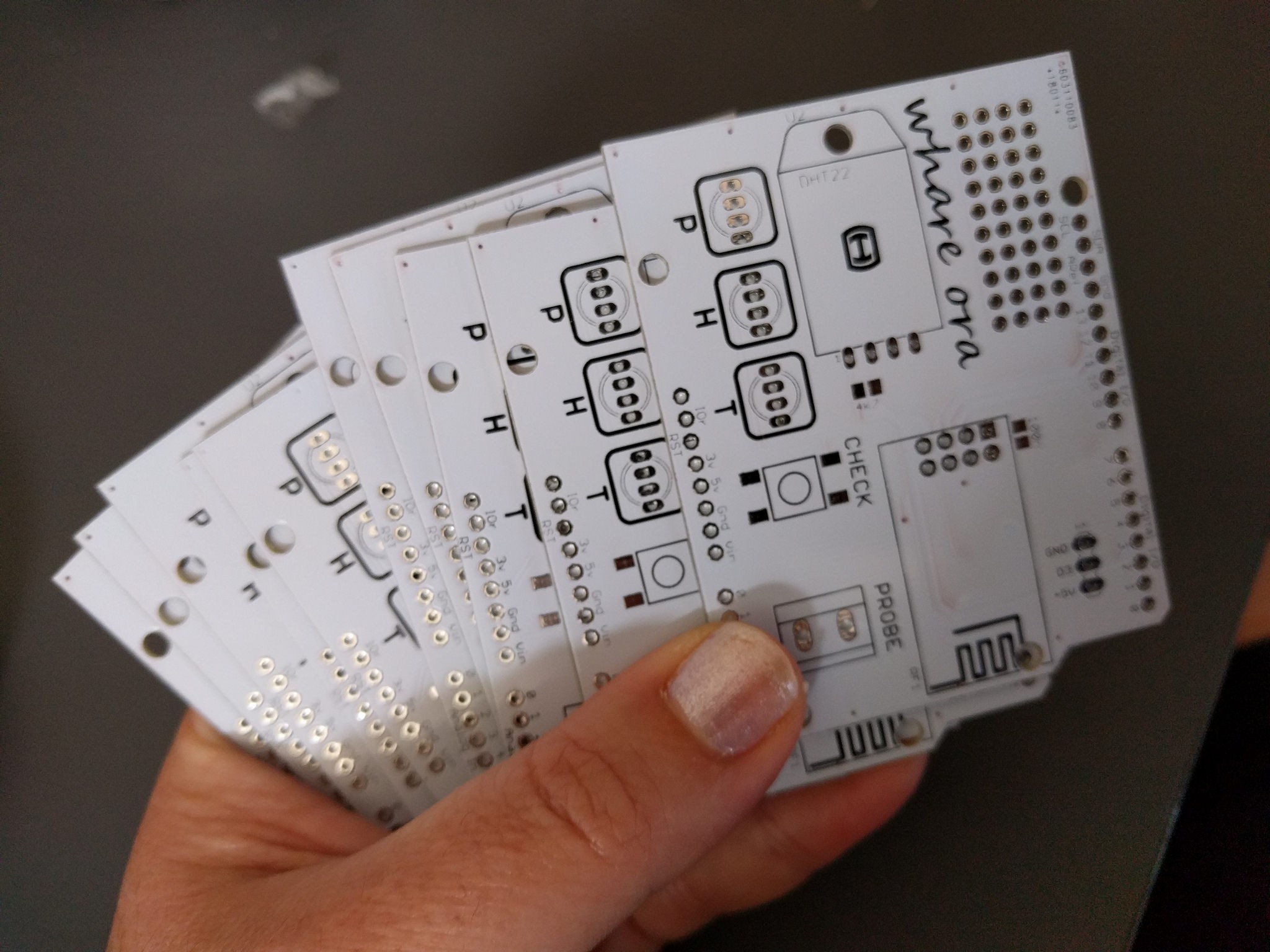
Here's a plan for a test deployment. Note the use of a phone to get to the database. This isn't the endgame.
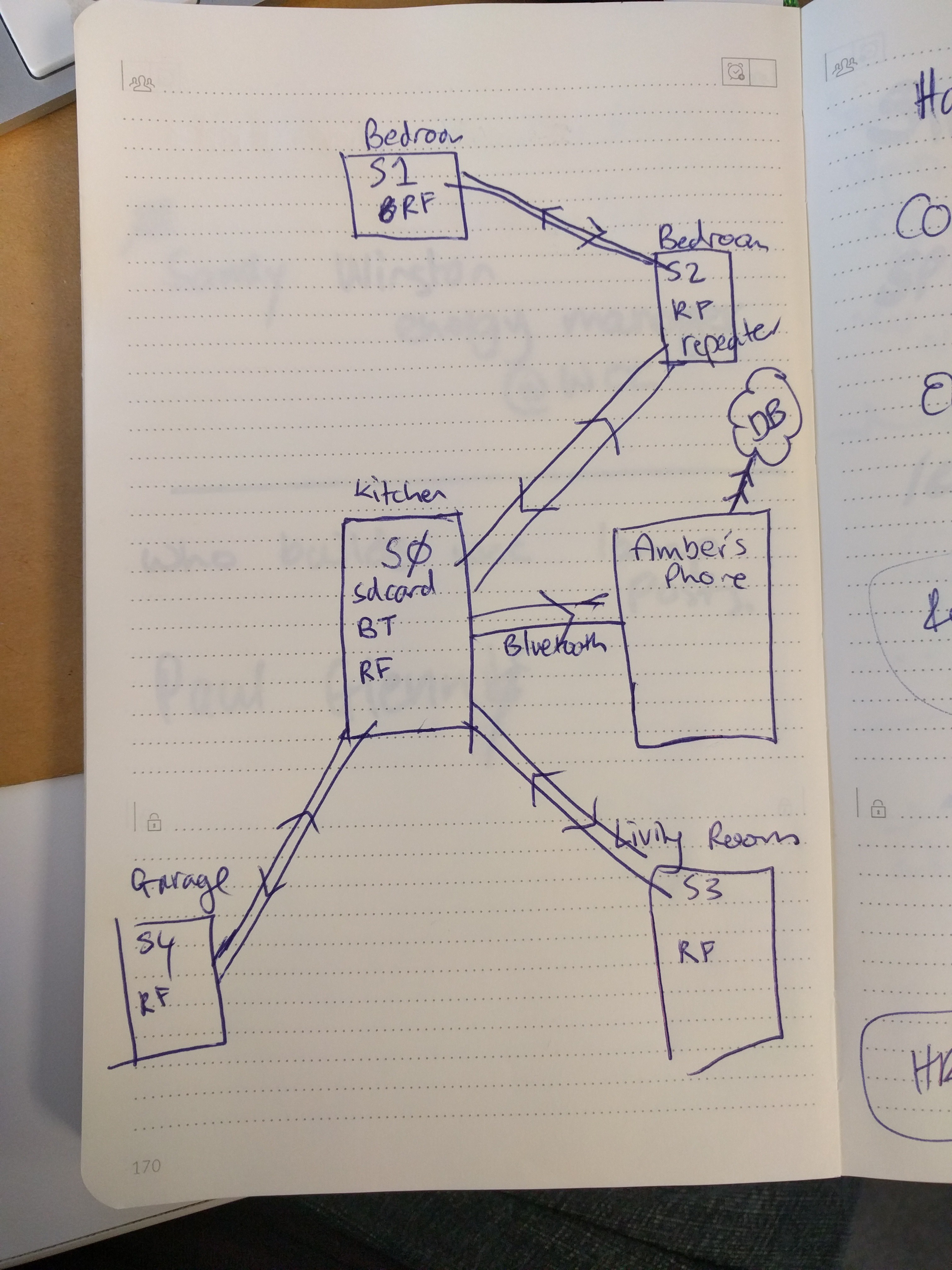
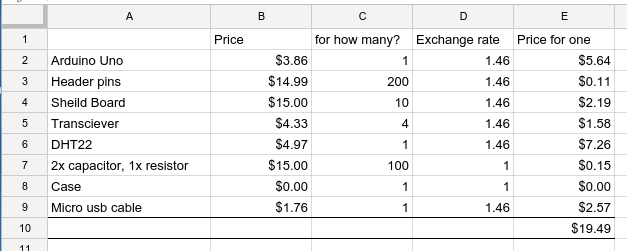
but here's what the units are costing for now:
Also:
Test deployments
Current deployments are 1) Shiny's house. 2) Enspiral co-working space.
Plans to add:
yes, our aircon was broken -- but that gave a good opportunity to test the sensors.

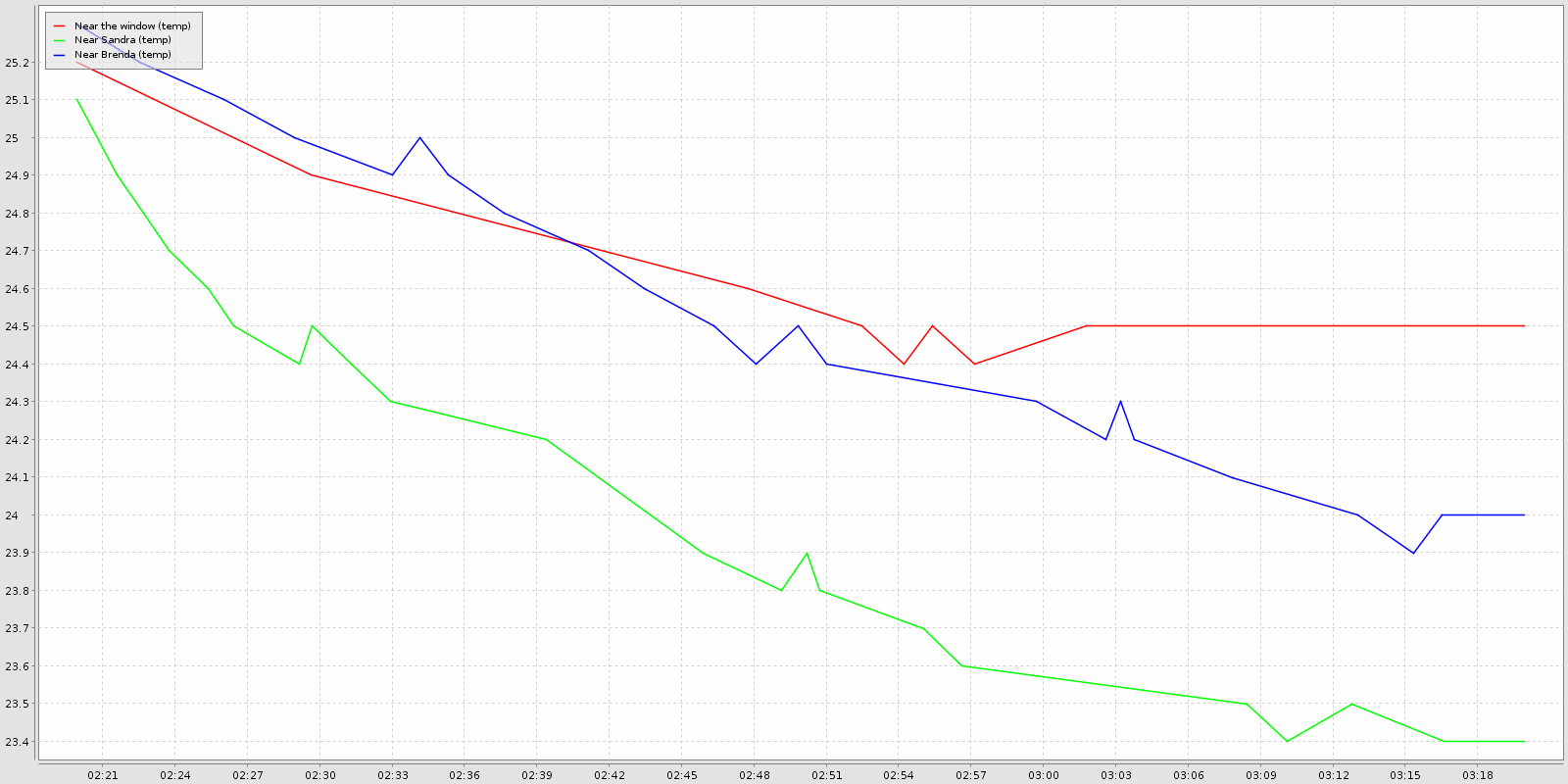
Gerbers and build details are at https://www.openhardware.io/view/39/Mysensors-Uno-shield
Create an account to leave a comment. Already have an account? Log In.
Become a member to follow this project and never miss any updates